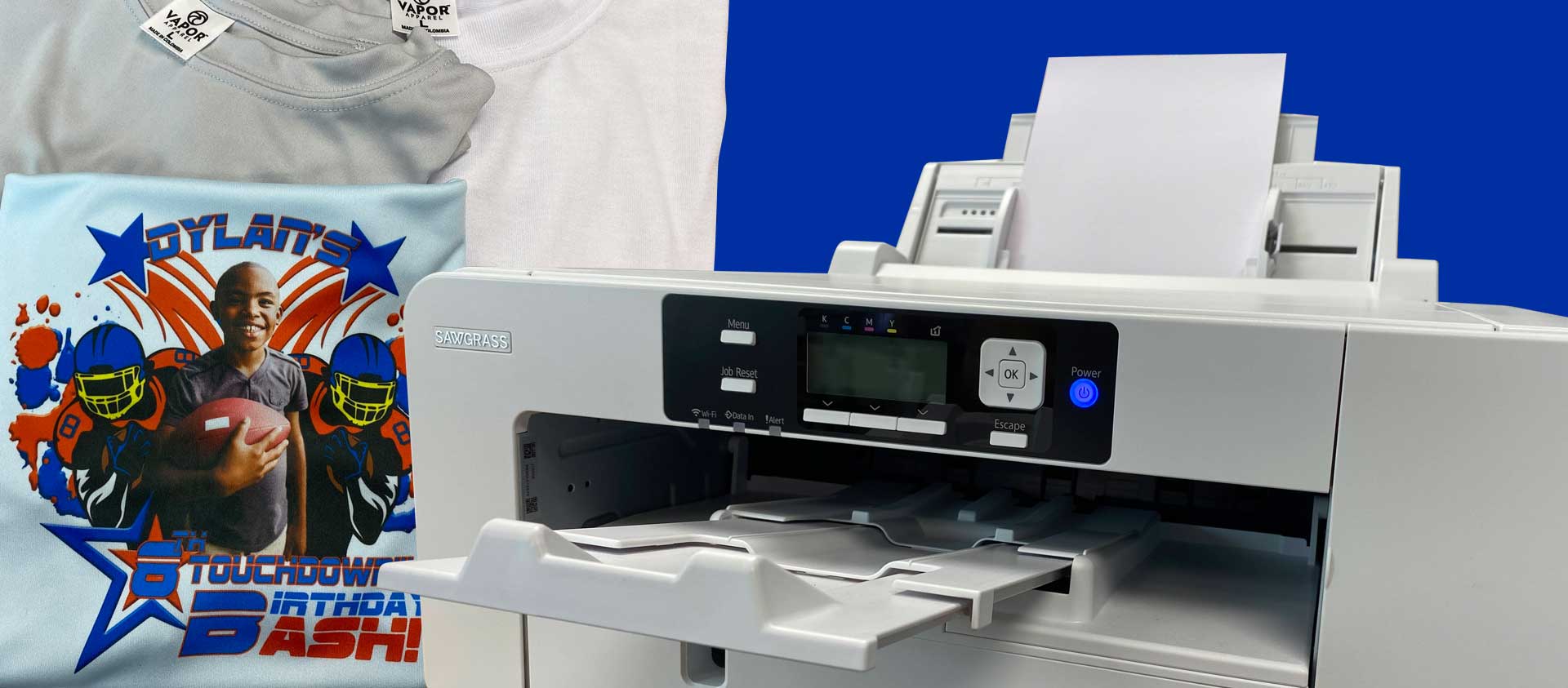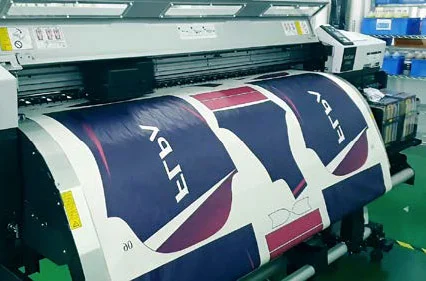The Best Overview to Sublimation Printing for Custom-made Garments
The Best Overview to Sublimation Printing for Custom-made Garments
Blog Article
A Comprehensive Overview to the Various Types of Fabric Printing Techniques
Each method, from the meticulous craftsmanship of block printing to the rapid efficiency of screen printing, serves unique functions and provides unique benefits. Digital printing's adaptability and environmental consciousness stand in stark comparison to the speedy modification of warmth transfer printing.
Block Printing
Block Printing, one of the oldest approaches of textile decoration, has an abundant history that dates back to ancient human beings. The procedure involves sculpting complex designs right into wooden blocks, which are then dipped in color and pressed onto textile to produce patterns.
The precision and workmanship associated with block printing make it a labor-intensive procedure, however it also permits a high degree of customization. Craftsmens can create one-of-a-kind patterns by incorporating different blocks or differing the application of dye. This flexibility has actually contributed to the long-lasting popularity of block printing in both typical and modern textile layout.
Block printing is especially valued for its aesthetic high qualities, including the mild variants in pattern and color that arise from the hand-printing process. These blemishes provide an unique personality to every item, distinguishing it from mass-produced textiles. Despite developments in modern printing modern technologies, block printing remains a valued technique, commemorated for its historical relevance and artistic value.
Display Printing
Screen printing, one more noticeable textile design strategy, has reinvented the sector with its efficiency and convenience. This method includes producing a pattern, known as a display, and utilizing it to apply layers of ink on the printing surface. Each color in the layout needs a separate screen, which enables for lively and intricate multi-colored prints.

Among the vital benefits of display printing is its adaptability to various sorts of fabrics, consisting of cotton, polyester, and blends. This strategy is specifically suitable for large-volume orders due to its cost-effectiveness and speed. The sturdiness of the prints is one more substantial advantage, as the ink bonds well with the material, guaranteeing durable styles that endure several cleans.
When dried, the layout is transferred onto the emulsion-coated screen making use of a UV light resource. Ink is then pressed with the stencil onto the textile making use of a squeegee.
Screen printing is widely made use of in the apparel industry, marketing items, and custom-made apparel. Its ability for high-grade, in-depth prints secures its standing as a foundation technique in fabric printing.
Digital Printing
Digital printing has promptly become a cutting-edge strategy in the textile sector, leveraging sophisticated modern technology to create high-resolution layouts directly onto textile. Unlike standard methods, digital printing uses inkjet printers to deposit pigment or dye-based inks onto fabrics, enabling vivid and elaborate patterns with a remarkable degree of information and color accuracy.
Among the primary benefits of electronic printing is its versatility. This approach allows for on-demand printing, which substantially reduces waste and lessens supply expenses. In addition, it sustains short runs and custom-made official source layouts, making it perfect for custom projects and limited-edition collections. The removal of displays and other configuration needs further improves performance, reducing production time and labor expenses.
Furthermore, electronic printing is eco pleasant. DTF printing. It utilizes water-based inks and calls for much less water and power contrasted to conventional techniques, lining up with sustainable methods. The accuracy of electronic printing additionally allows using a bigger array of fabrics, including cotton, silk, polyester, and blends, guaranteeing flexibility across different applications
Warm Transfer Printing
How does warmth transfer printing reinvent fabric layout? Warmth transfer printing entails using heat and pressure to transfer a layout from a specially developed paper onto textile.
Among the key benefits of warm transfer printing is its capability to create high-grade, in-depth photos rapidly and efficiently. It is especially appropriate for small manufacturing runs and custom-made orders, making it a prominent choice for personalized garments and promotional products. Furthermore, this strategy is versatile, suiting different sorts of textiles including cotton, polyester, and blends.
Furthermore, warmth transfer printing go to this web-site is reasonably affordable compared to various other approaches, as it requires minimal configuration his response and reduced preliminary financial investment - screen printing. This price, coupled with its capacity for producing dynamic, long lasting prints, emphasizes its crucial duty in modern fabric design

Dye Sublimation Printing
Dye sublimation printing, a sophisticated textile printing method, provides unmatched vibrancy and long life for styles on various artificial materials. The published transfer paper is after that placed on the textile, and both are subjected to high warm and stress utilizing a heat press.
Among the crucial advantages of color sublimation printing is its capability to generate continuous-tone prints with lively colors and intricate information. Unlike various other printing techniques, the color ends up being part of the material as opposed to resting on top of it, leading to a soft and breathable coating. This technique is specifically efficient on polyester and various other artificial materials, making it a prominent selection for sports apparel, banners, and home fabrics. Furthermore, dye sublimation is eco-friendly, as it requires no water and generates minimal waste, lining up with sustainable production practices.
Verdict
In summary, fabric printing methods each deal unique benefits customized to numerous needs and applications. Block printing is admired for its artisanal top quality, while display printing is advantageous for high-volume production. Digital printing offers versatility and environmental benefits, whereas heat transfer printing is suitable for quick customization. Dye sublimation printing creates brilliant, sturdy designs on synthetic fabrics. The diversity and development within these techniques highlight the dynamic and advancing nature of the cloth printing industry.
Each technique, from the precise workmanship of block printing to the fast effectiveness of screen printing, offers one-of-a-kind purposes and offers distinctive advantages. Digital printing's versatility and environmental consciousness stand in raw comparison to the quick customization of heat transfer printing. Regardless of breakthroughs in contemporary printing innovations, block printing continues to be a treasured method, commemorated for its historic importance and artistic worth.
Dye sublimation printing, an advanced fabric printing strategy, uses unrivaled vibrancy and longevity for styles on various artificial materials. Digital printing provides convenience and environmental advantages, whereas warm transfer printing is perfect for quick personalization.
Report this page